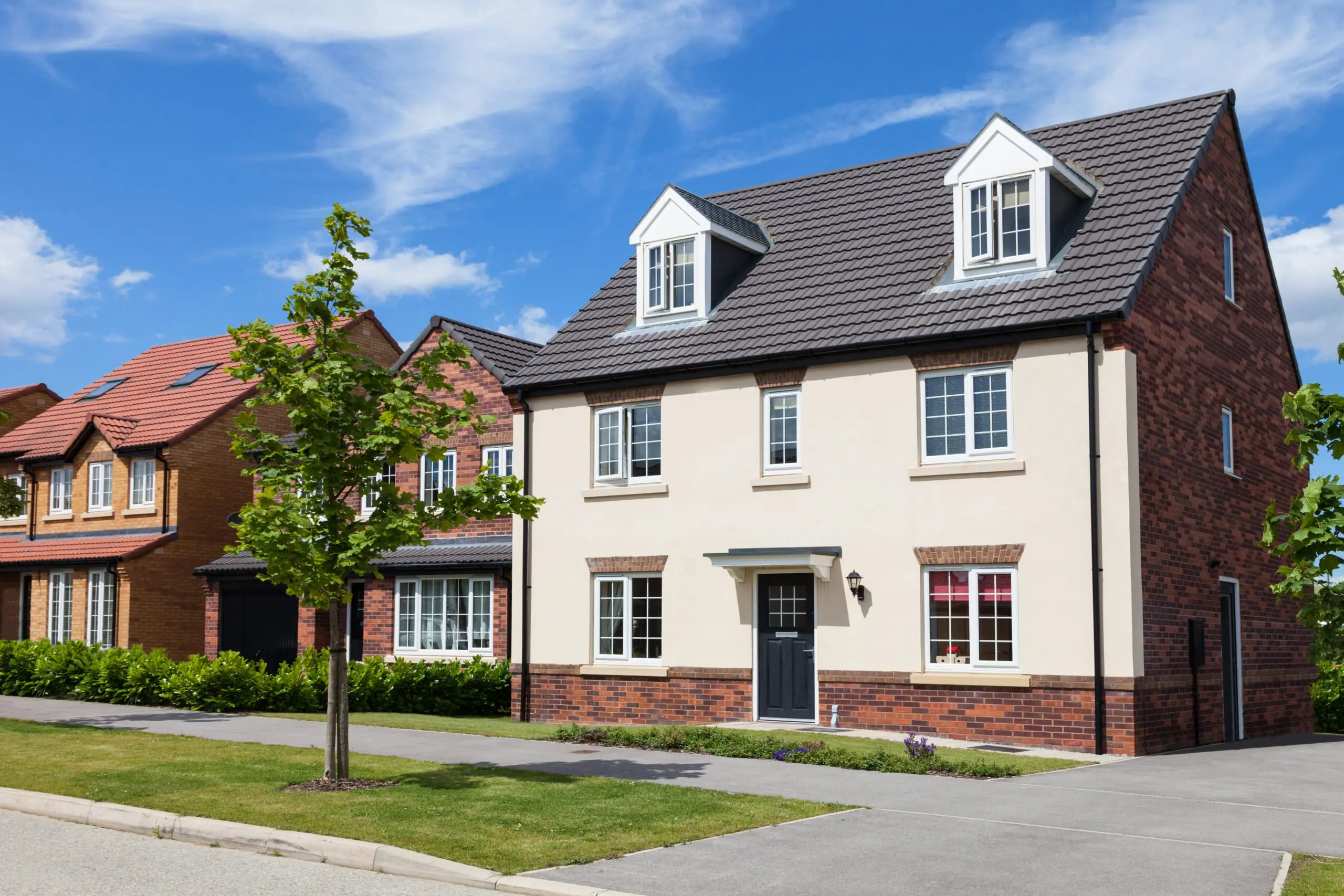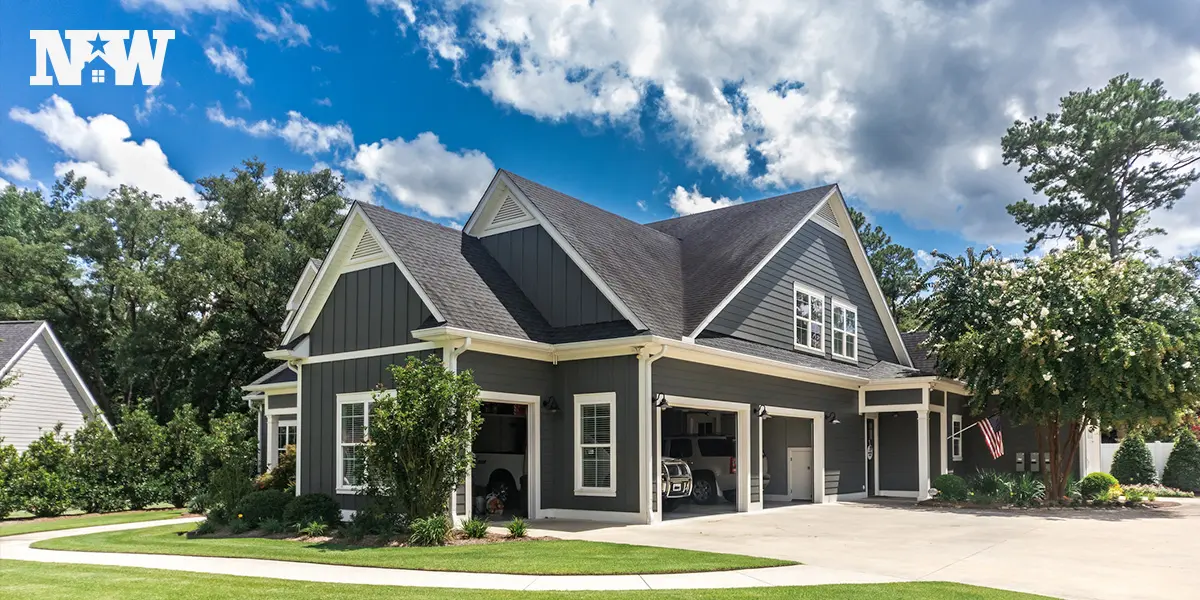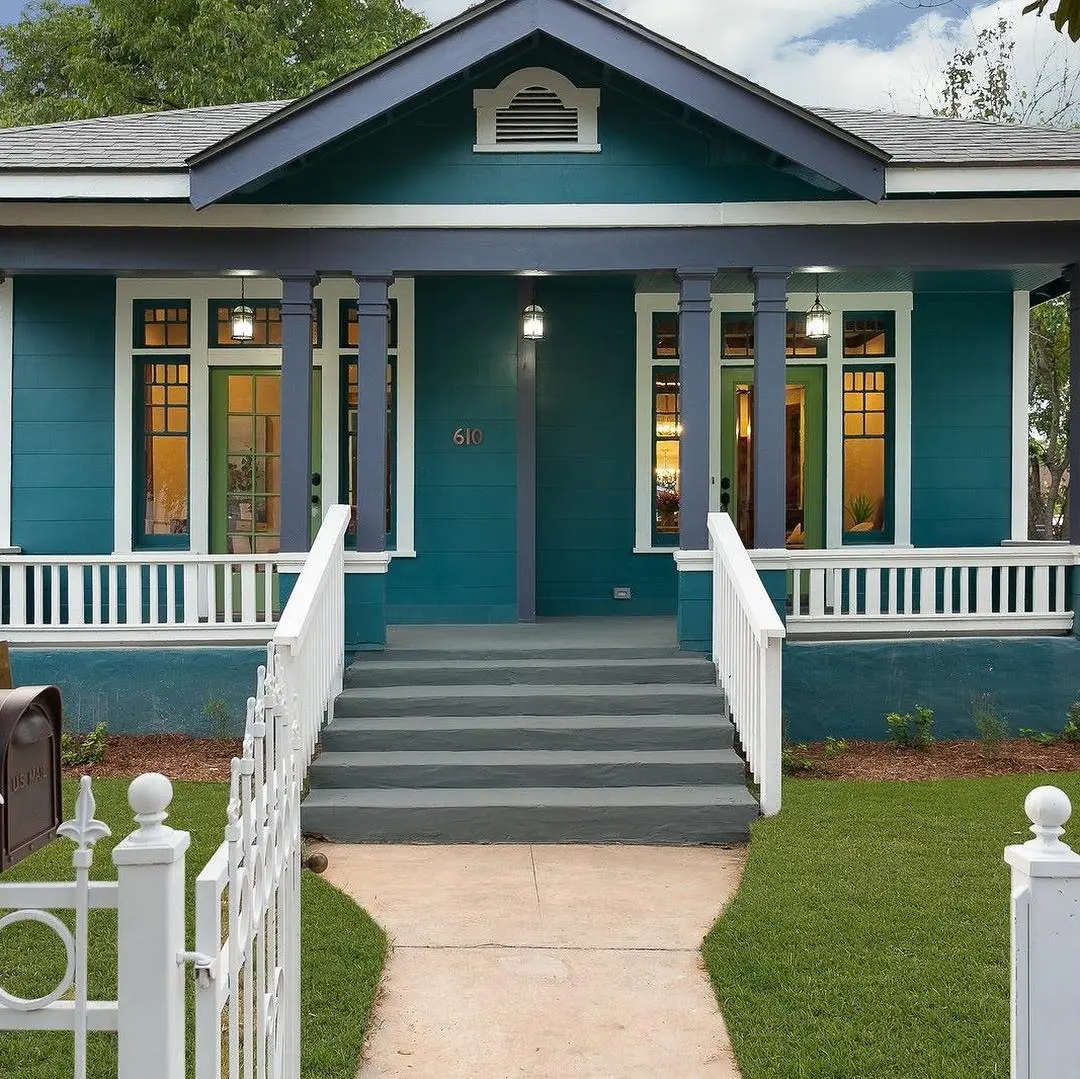If you’re in Texas or have any real estate dealing in the Lone Star State, the new building permit law has the potential to speed up the permitting process that can sometimes be frustratingly delayed.
On September 1, 2023, there were a few new state laws in Texas that went into effect that updated the building permit process in Texas. If you’re familiar with the process, then you already know how slow and frustrating it was. These laws are designed to help streamline the process and clear out the backlog of applications that needed approval.
Dallas alone received 4,500 requests for commercial development permits in 2022, and the review process took around 12 days. That may not seem like a long time to wait, but you know the saying, “Time is money.” For a developer (or even a homeowner looking to renovate their home or rental property), that wait can throw off your timeline and cost thousands of dollars.
As you read this article, you’ll discover how the new updates can help you avoid delays and keep your project (and budget) on track.
The New Updates to the Building Permit Process in Texas
One of the most frustrating parts of the building permit process in Texas was the permit backlog. House Bill 14 was designed to combat that. Under this law, cities must review residential and commercial building permits in 45 days. This law only applies to applications that were submitted on and after September 1, 2023. It does not include any applications that have already been filed, regardless of whether they’re beyond the 45-day mark.
What This Means for Builders: If they fail to approve or deny a permit by day 46, the builder can take matters into their own hands and hire a third party to complete the process.
While this may sound like a win, this could be a problem because there’s a question about liability. At the time of writing, there aren’t any programs in place that vet potential reviewers. Naturally, builders should hire a company that is fully licensed, insured, and bonded, but that isn’t always the case.
Another point of contention was with regard to platting approvals. Under House Bill 3699, construction plans will be reviewed separately from the platting process. This law also removes the requirement that landowners must have public access routes (streets, alleys, parks, etc.) on the property, even if the land isn’t intended for public use.
What This Means for Builders: If a landowner has a large swath of land they want to develop, they don’t have to submit plans that include public right of way access if it isn’t intended for the public. For example, if someone buys 10 acres of land and wants to build on it, the state cannot require that there be a road on the property that’s accessible to the public.
For your specific project,
When Do You Need a Building Permit?
Building permits do serve a purpose other than fulfilling a bureaucrat’s evil plot to make your life more difficult. They’re intended to make sure no corners were cut and your project meets local zoning, construction, and building codes. After all, safety (for yourself and others) is paramount.
With that said, not every renovation project will need a building permit. It really depends on your municipality’s codes. Projects that change the overall structure of a building often need permits. It’s also worth mentioning that building codes usually coincide with common regional concerns, such as fires in California or flooding near the wetlands.
In Texas, you typically need a building permit for:
- Building a new structure
- Building an accessory structure like:
- Car ports
- Patio covers
- Storage sheds (permanent and portable)
- Gazebos
- Building new rooms on an existing building
- Removing a wall inside a building
- Making a larger opening for a bigger window
- Electrical work (but not minor repairs like changing switches, plugs, and ballasts)
- Building (or replacing) a deck that’s more than 30-inches above grade
- Plumbing work
- Replacing or adding a water heater
- Replacing sewer or water lines
- Installing an irrigation system (sprinklers) for the lawn
- Installing or replacing a furnace or central air unit
- Building or replacing a fence or retaining wall taller than 4 feet
- Replacing a roof
- Installing or replacing the part of the driveway that connects to the street
- Creating a circular driveway
- Installing a satellite dish
- Building a swimming pool (either above-ground or in-ground) or a spa
- Demolishing a building
What You Need to Get a Building Permit in Texas
As much as we wish it were possible, you just can’t stroll into the municipal building and ask for a building permit. You’ll be given an application to fill out, and it will ask for some standard information about the property. This information can include:
- Your name and contact information
- Property’s address where the work will be performed
- The name of the architect, contractor, or engineer working on the project and their contact information
- Intended use of the building
- A detailed outline of the type of work that will be done
- Estimated cost or valuation of the project
Some places will also require you to submit a drawing or blueprint of the project, as well as the measurements of nearby rooms and structures. If you want to get a better idea of what you’ll need for a smooth review process, here’s a small collection of checklists from a few cities around Texas. It’s always recommended to review the checklist for the specific city or county where your project is located.
- Austin: Intake Checklist for Residential Building Plan Review
- Dallas: General Project Requirements Checklist
- Galveston: Building Permit Application and Checklist
Note: Commercial building permits will have different requirements. Here are a few checklists for commercial building permits:
- Corpus Christi: Commercial Building Permit Application Checklist
- Fort Worth: Checklist for Commercial New Construction
Tips for Sailing Through the Updated Building Permit Process in Texas
Despite the updates to the building permit process in Texas, delays can still happen. Here are 3 ways you can save yourself time, money, and headaches when trying to get a building permit.
1. Know Your Municipality
One of the most common reasons there’s a delay in the process is the result of incomplete applications or someone submitting an application for a project that doesn’t adhere to the local permit rules and regulations. It would be in your best interest to familiarize yourself with the local office that issues building permits, because by knowing which office to contact, you’ll know exactly what number to call if you have any questions or concerns throughout the process.
Not only do you want to familiarize yourself with your local municipality’s contact person, the building permit process, and requirements, but you’d also do well to research the building and zoning codes your project will have to comply with. An added benefit of knowing the codes is that you can keep an eye out for issues that could become a larger problem down the road.
Remember, each municipality has their own set of regulations, so if you’ve gone through the building permit process in Dallas, the codes and regulations may not be the same if you’re looking to do anything in, say, Corpus Christi.
2. Be Prepared
When you start the process of obtaining a building permit, you’ll want to know exactly which forms to fill out for your specific type of project. For example, you don’t want to submit forms for a permit to add a mother-in-law suite but forget to include the forms to get electrical and plumbing permits.
Also, you’ll want to make sure that you have all the supporting documentation and necessary information on hand so you can complete the forms completely and accurately. Permits have been declined for minor errors or because there was a single supporting document that was missing.
3. Prioritize Projects
If you have an ambitious spirit and want to take on multiple projects at once, don’t do it! Especially if you’re new to all of this. It is going to be overwhelming, and it’s going to be much more challenging if you’re taking on too many projects at once. It would be even worse if those projects were spread out over different municipalities!
Do yourself a favor and prioritize your projects, focusing on just one at a time. You’ll thank us.
Bonus: Consider a Permit Expediting Service
Navigating the building permit process in Texas can be daunting, but you don’t have to do it alone. There are professionals that offer permit expediting services that will oversee the process for you.
They know the codes and regulations inside and out. They know what documents you’ll need for the type of project you want to work on, and they’ll know what forms you’ll need. They can help you address potential problems that could cause delays and can even look at your plans to make sure everything is compliant.
Don’t Fear the Updates to the Building Permit Process in Texas
There’s nothing more exciting than getting an idea in your head about how you can turn a property from drab to fabulous. Whether it be by updating the kitchen, complete with a new floor plan and high-end appliances, or building a guest house somewhere else on the property, you need building permits.
Some may say that the whole process of getting a building permit is unnecessarily tedious and may even feel like the whole system is working against them. However, that doesn’t have to be the case at all. The process is more likely to go a whole lot smoother with proper planning and by doing your homework in regards to local building and zoning codes. Of course, delays may still occur, especially during the review process. Hopefully, the new updates to the building permit process in Texas will significantly reduce those delays.







